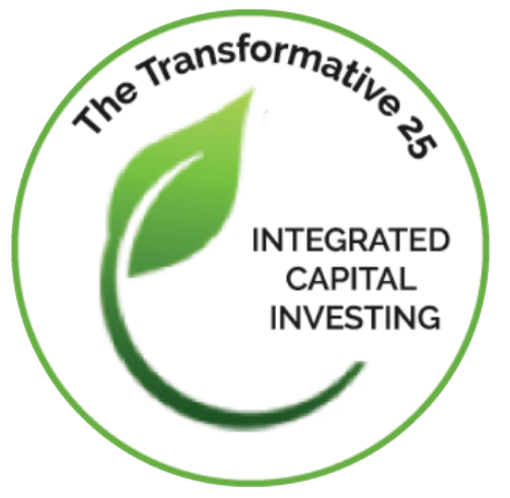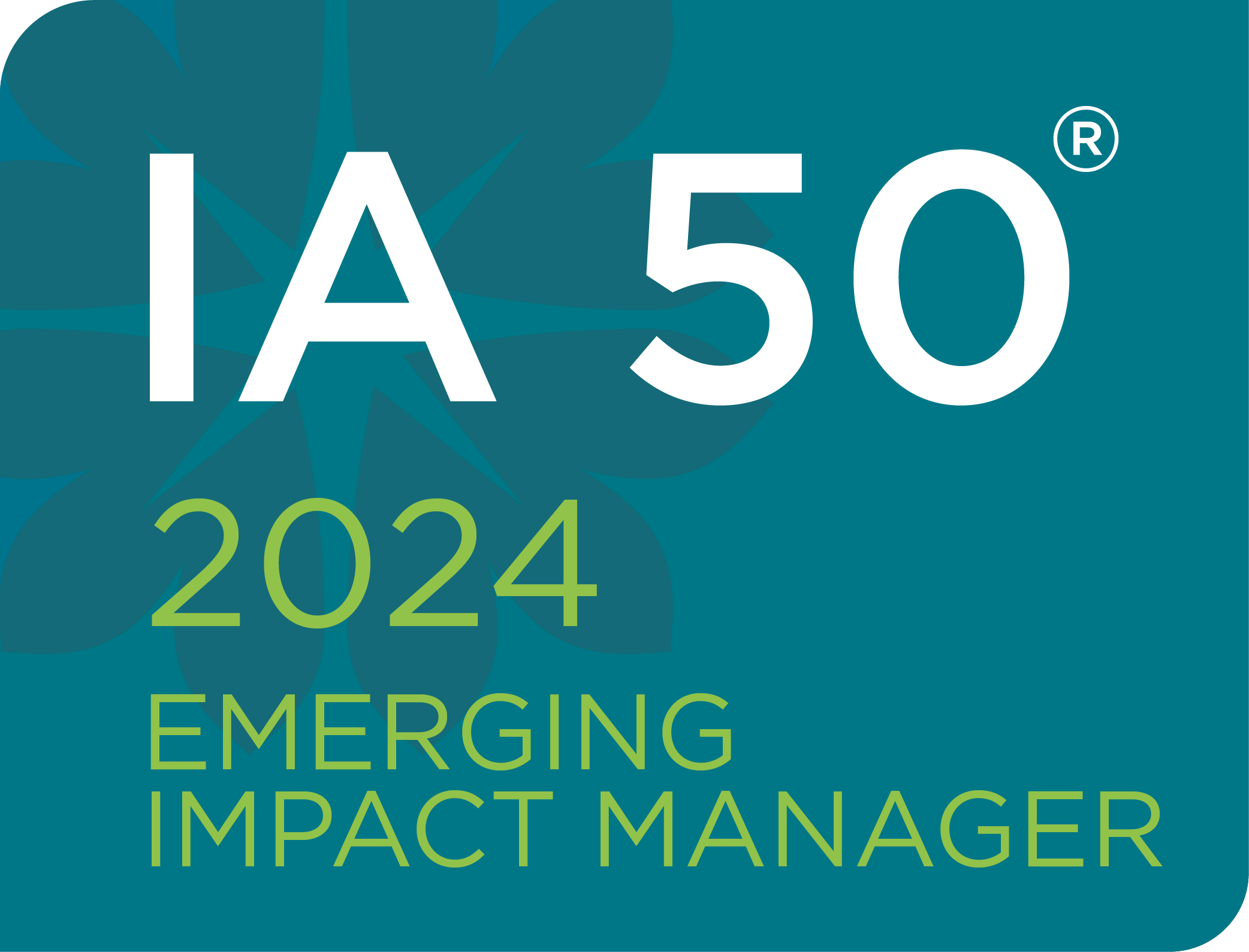New report highlights most urgent needs for community funds to thrive
BII and Social Impact Strategy Group asked emerging fund managers, intermediary partners and legal partners what challenges they face and how best to address them, and identified six priorities for action.
Community-based and community-centered funds have a crucial role to play in transforming the economy, by shifting capital and ownership to people who historically have been marginalized and denied access to resources. Growing the ecosystem of such funds is a key aspect of BII’s field-building work, with two cohorts of emerging fund managers trained so far, and a third now starting.

But those fund managers face major challenges of their own. In our cohort gatherings, we have heard about difficulties finding affordable, experienced legal counsel to help with financial deal structuring, for instance; some also struggle to find a values-aligned capital partner that can move funds to community-led organizations. Back-office support is another common unmet need.
Aiming to better understand those needs, the Center for Cultural Innovation’s AmbitioUS initiative, in partnership with the Surdna Foundation, contracted with Deborah Frieze, co-founder and president of BII, and Elaine Rasmussen, CEO of Social Impact Strategy Group and an emerging fund manager herself, to develop a detailed survey and conduct interviews with three stakeholder groups: emerging fund managers, intermediary partners and legal partners. The goal was to learn more about how the ecosystem is evolving, identify key challenges and infrastructure gaps, and surface ideas from those closest to the work on how those pain points might be addressed.
A wide range of challenges
The responses confirmed the researchers’ assumptions that there is a significant need to create a robust ecosystem of support for emerging diverse fund managers. The main challenges reported were:
- Uninformed, unavailable, and/or expensive legal support;
- Capacity constraints among back office administration providers;
- Lack of investment capital for the startup phase;
- Lack of access to grant capital for credit enhancement and to build reserves;
- Lack of social capital for building relationships with values-aligned impact investors;
- A scale mismatch between fund size (small) and investor appetite (larger deployment); and
- Nascent and limited educational and training programming.
Through the survey and group interviews, the researchers gained additional system-level insight about how to remove the barriers facing emerging fund managers while ensuring that capital is invested with rigor, skill, compassion and measurable results. Based on their analysis, they identified six big ideas they felt were worth exploring.
Six ideas for building a stronger community fund ecosystem
1. Establish a Fund Incubator: Incubators are used in many industries to provide start-up and next-level support for new businesses, increasing their chances of success. Emerging fund managers would benefit from participating in incubator programs that offer holistic support (technical assistance, mentoring, seed funding, back office support, etc.) for start-ups and more mature efforts.
2. Establish a Justice Fund Legal Coalition: Legal issues are integral to launching and implementing a fund. A small number of boutique law firms, including some of the participants interviewed in this study, have a profound understanding of community-based investment funds and their corresponding legal needs when it comes to fund formation and entrepreneur-friendly transaction documents. Many expressed a willingness to work together to create greater standardization, simplification and cooperation.
3. Train community development financial institutions (CDFIs) to support/work alongside integrated capital: While emerging fund managers expressed a desire to partner more closely with local CDFIs, many CDFIs rely exclusively on term loans and have limited (or no) experience with integrated capital structures such as equity, royalty finance, etc. A long-term investment in the CDFI sector would allow CDFIs both to expand their own financing offerings as well as provide greater back office capacity to other emerging funds.
4. Invest in a justice fund management software platform: Participants were unanimous in their desire to see something like this come to fruition. There are many good platforms for tracking lending, other good platforms for tracking equity investing, and still other platforms for managing investor relations, closing documentation, technical assistance and more. Based on what was shared in the interviews and the direct research, there are no affordable fund management platforms integrate these activities in one place.
5. Create large pools of catalytic capital: Nearly all participants requested a pool of grant capital to cover startup costs; a pool of recoverable grants to finance junior positions in the fund; a pool of guarantees to provide credit enhancements, etc. This approach would be best accompanied by a Fund Incubator (see Big Idea #1).
6. Change the mindsets of prospective funders and investors: People believe a fundamental shift in perspective is required to transform capital allocation practices that further entrench inequality. To do this, there needs to be an investment in programming and educational tools to advance the practices of investors and philanthropists.
Looking ahead
While the research primarily focused on organizations in this nascent field that were already in relationship with one another, it illuminates many issues that reach into other facets of the solidarity economy and just transitions. In releasing the report, AmbitioUS said it would remain in close conversation with other funders and movement leaders to determine what role we can play.
Alongside capital flowing more easily into cultural communities under threat, AmbitioUS and CCI’s Sol Center for Liberated work are embarking on research that explores the power of ownership and, more specifically fractionalized ownership. The business-as-usual economy has created winners and losers, exacerbating and racializing the wealth gap.
“If the goal is to create an economic system that is more just, the next economy must include defined pathways with supportive infrastructure that robustly shifts capital and ownership to cultural communities under threat,” said Cate Fox, AmbitioUS Program Director.




